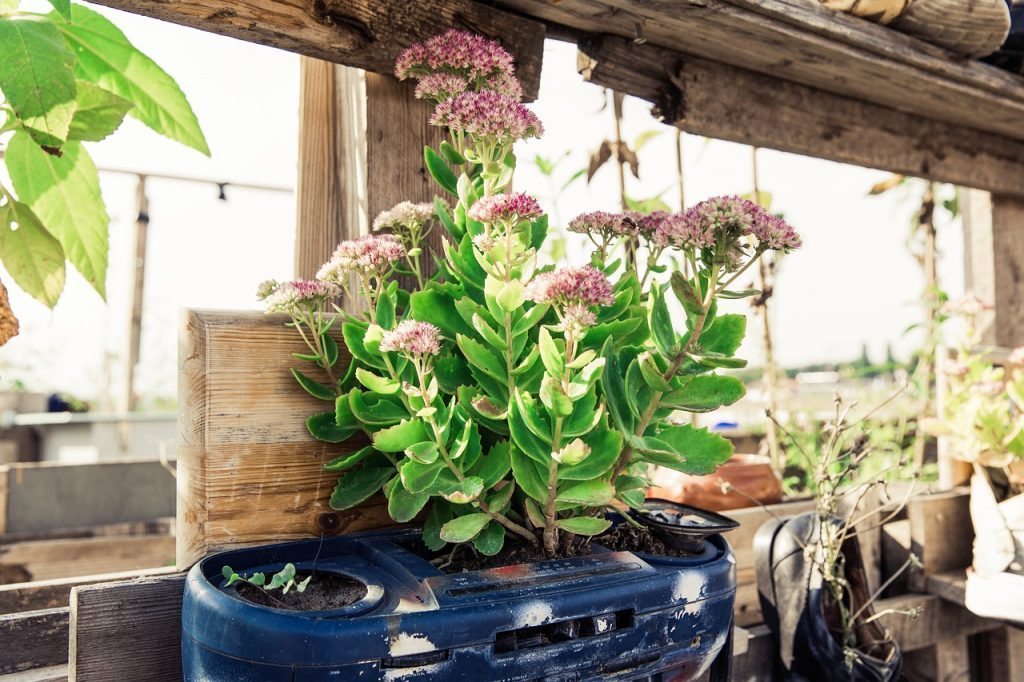
Growing food is a bonding, cost effective, and rewarding experience; and while you may associate gardening mostly with standard residential or commercial landscaping, there are actually many different types of gardening that encompass various styles, techniques, locations, and types of plants. When living in a smaller urban space creativity is required to grow those lush plants you have been dreaming of. Here are some ideas on edible urban gardens for your small area.
Aeroponics: Aeroponics is a great alternative for growing plants in small spaces, especially indoors. In aeroponics, you don’t use soil or water to grow your plants instead, the roots of plants are suspended or hung in a dark chamber and periodically sprayed with nutrient-rich solution.
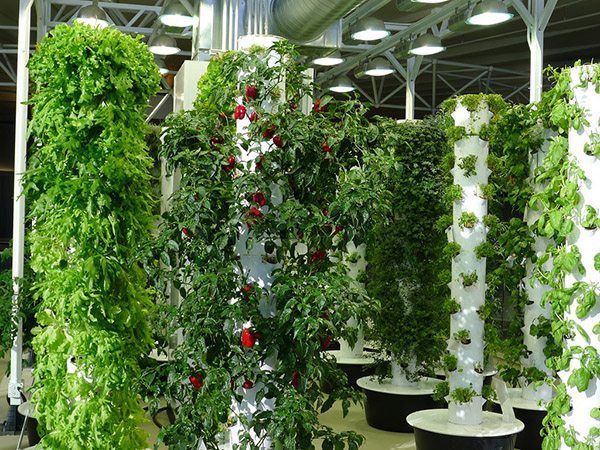
Aquaponics: Simply stated, aquaponics is growing fish to eat (aquaculture) and vegetables (hydroponics) together, where wastes from the fish are food for the plants, and the plants clean the water for the fish. Aquaponics systems range from simple, tabletop systems consisting of little more than goldfish and a few sprigs of basil, to elaborate, commercial-scale systems which employ many people and produce tons of food annually.
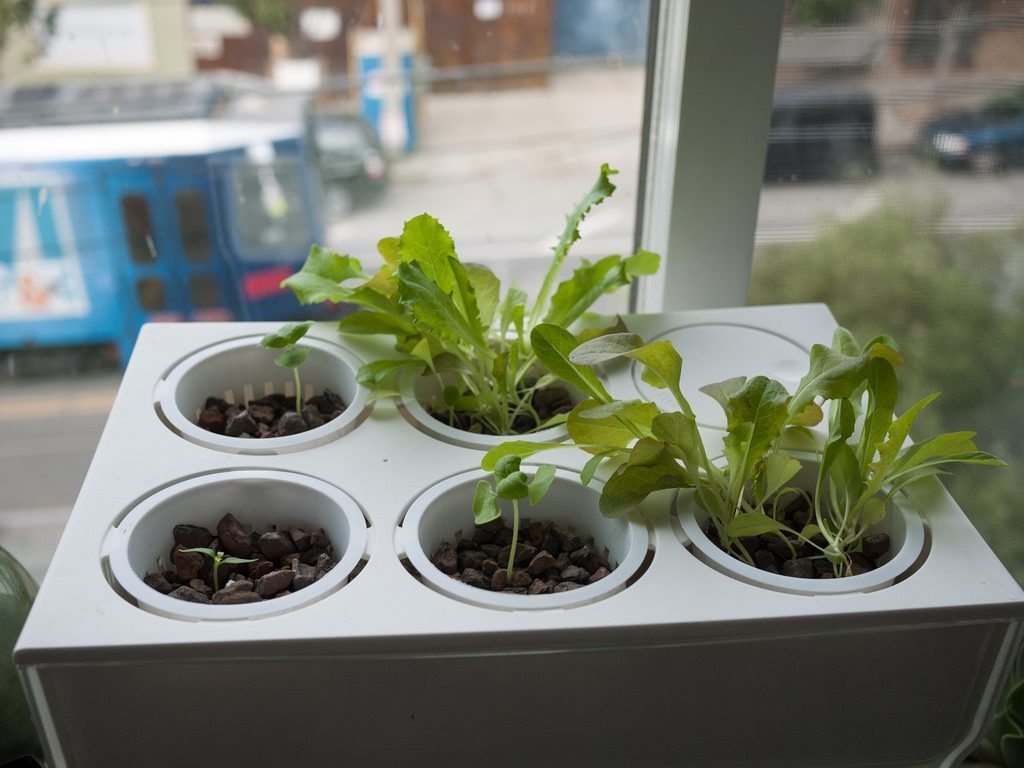
Small window seal “Aqua Farm”
Vertical Gardens Vertical gardening is a great way of making the most of small spaces and kitchen walls or the patios. You can use 3-tier planters, wall planters, self watering vertical planters, pole planters, grow bags, and more.
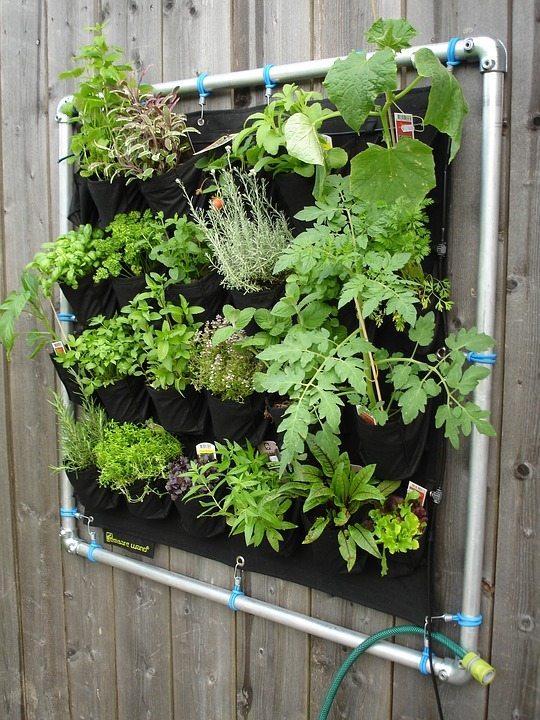
Container Gardens Containers of plants can be grown indoors, outdoors, in conservatories or greenhouses rather than the open ground opens up a whole new world of growing plants, allowing the gardener to bring plants inside during the cold season and use all sorts of vessels to contain them. With containers, even gardeners living in urban apartments can grow food, herbs, flowers and foliage in sunny windows or on balconies and rooftops. Container gardening eliminates the problems of weeds, most soil-borne diseases and gives the gardener ultimate control over moisture, sunlight and temperature.
 Learn more about container gardens in this great book available here on Amazon!
Learn more about container gardens in this great book available here on Amazon!
Rooftop Gardens A roof garden is a garden on the roof of a building. Besides the decorative benefit, roof plantings may provide food, temperature control, hydrological benefits, architectural enhancement, habitats or corridors for wildlife, recreational opportunities, and in large scale it may even have ecological benefits. The practice of cultivating food on the rooftop of buildings is sometimes referred to as rooftop farming. Rooftop farming is usually done using green roof, hydroponics, aeroponics or air-dynaponics systems or container gardens. Having a rooftop garden provides many benefits including reducing storm-water runoff, reducing your air-conditioning costs, reducing your heating costs, creating habitat for birds, butterflies and bees, providing outdoor space for you to enjoy and improving air quality.
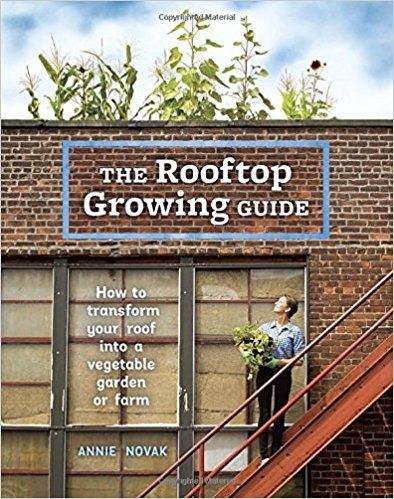 Learn more about rooftop gardens in this book by Annie Novak available here on Amazon!
Learn more about rooftop gardens in this book by Annie Novak available here on Amazon!
All of these urban garden options have different benefits and provide conservation in one way or another. Find which best fits your home and lifestyle and give it a try!








